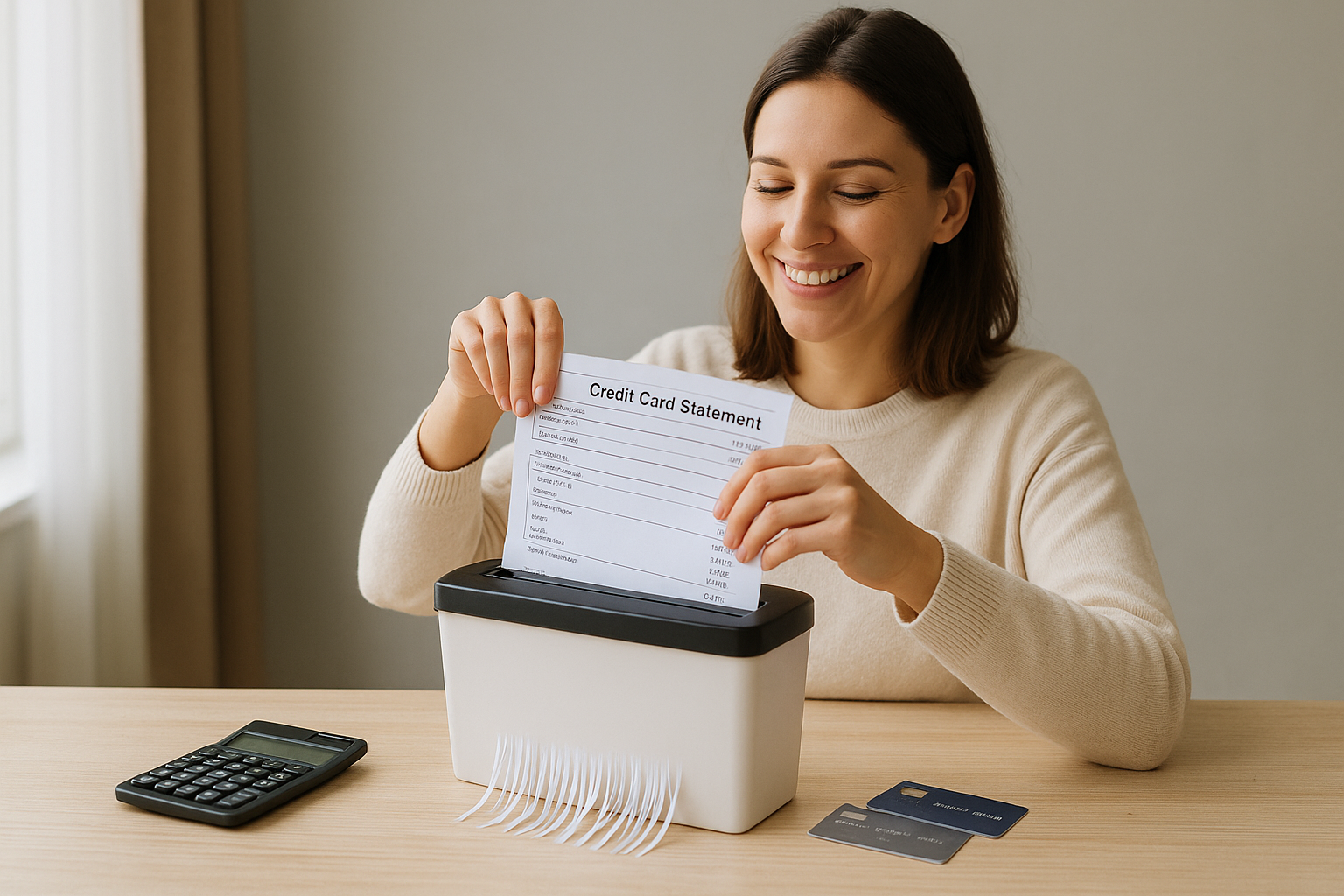Carrying credit card balances can feel overwhelming—and all too often it’s accompanied by shame and stress. However, getting out of debt doesn’t require self‑flagellation. With a clear plan, simple strategies, and a compassionate mindset, you can regain control of your finances. In this guide, we’ll cover proven techniques like the debt snowball method and debt avalanche, practical steps for paying off credit cards, and tips for maintaining momentum—without guilt.
Why Shame Holds You Back
The Emotional Toll of Debt
Debt isn’t just a numbers game—it carries emotional weight. Feelings of embarrassment or unworthiness can lead to avoidance: you skip statements, ignore calls, and delay action. Recognizing that debt is a common challenge—and not a moral failing—is the first step to progress.
Adopting a Shame‑Free Mindset
Shift your self‑talk from “I’m irresponsible” to “I’m learning healthier habits.” Celebrate every small win, whether it’s paying the minimum on time or reducing your balance by $50. Compassion fuels consistency.
Step 1: Assess Your Debt and Cash Flow
List All Balances
Create a simple spreadsheet or use a budgeting app to list each credit card, its current balance, interest rate, and minimum payment. This overview helps you see the full picture of your how to get out of debt journey.
Evaluate Income and Expenses
Track your monthly take‑home pay versus essential expenses (rent, utilities, food). Identify discretionary spending you can trim—subscriptions, dining out, impulse buys—and reallocate that cash toward debt repayment.
Step 2: Choose Your Repayment Strategy
The Debt Snowball Method
With the debt snowball method, you list debts from smallest to largest balance. Continue making minimum payments on all cards, then apply any extra funds to the smallest balance until it’s paid off. The quick wins build motivation and momentum.
The Debt Avalanche
The debt avalanche prioritizes high‑interest debts first. After covering minimums, direct surplus cash to the card with the highest APR. This approach minimizes total interest paid, saving more money over time.
Picking the Right Approach
- Choose snowball if you need psychological boosts and small victories.
- Choose avalanche if you want to save the most on interest and have strong discipline.
Either method works—consistency matters most.
Step 3: Automate and Accelerate Payments
Set Up Automatic Transfers
Automate minimum payments to avoid late fees. Then schedule an additional weekly or biweekly transfer to your targeted card. Smaller, frequent payments reduce average daily balance and accelerate payoff.
Boost Your Repayment Budget
Consider side hustles, selling unused items, or redirecting tax refunds and bonuses toward debt. Every extra dollar speeds up your progress and shrinks what you owe.
Step 4: Track Progress and Stay Motivated
Visual Progress Charts
Create a chart or use a debt‑tracking app to mark off paid balances. Seeing bars fall or lines dip is highly motivating and reinforces positive habits.
Celebrate Milestones—Guilt‑Free
- Paid smallest debt? Treat yourself to a modest reward (e.g., a favorite coffee).
- Reached 25% debt paid? Plan a low‑cost half‑day outing.
- Avoid splurging—set small budgets for rewards so that celebration doesn’t derail progress.
Tips for Long‑Term Success
Maintain an Emergency Cushion
Before paying off every last dollar, build a small emergency fund (e.g., $500–$1,000). This prevents new credit card usage when unexpected expenses arise.
Review and Adjust Regularly
Each month, revisit your budget and debt balances. If income changes or expenses shift, tweak your plan. Flexibility helps you stick with paying off credit cards even when life throws curveballs.
Adopt Healthy Money Habits
- Use cash‑back or rewards cards and pay the full balance each month.
- Track spending in real time with a budgeting app.
- Practice mindful spending: pause before purchases and ask if they align with your financial goals.
Conclusion
Paying off credit card debt is a transformative process—financially and emotionally. By assessing your obligations, choosing a method (snowball or avalanche), automating payments, and celebrating progress, you can overcome debt without shame. Embrace consistency, maintain an emergency buffer, and reinforce positive habits. With this shame‑free, practical guide, you’re equipped to conquer your balances and build a stronger financial future.

Leave a Reply